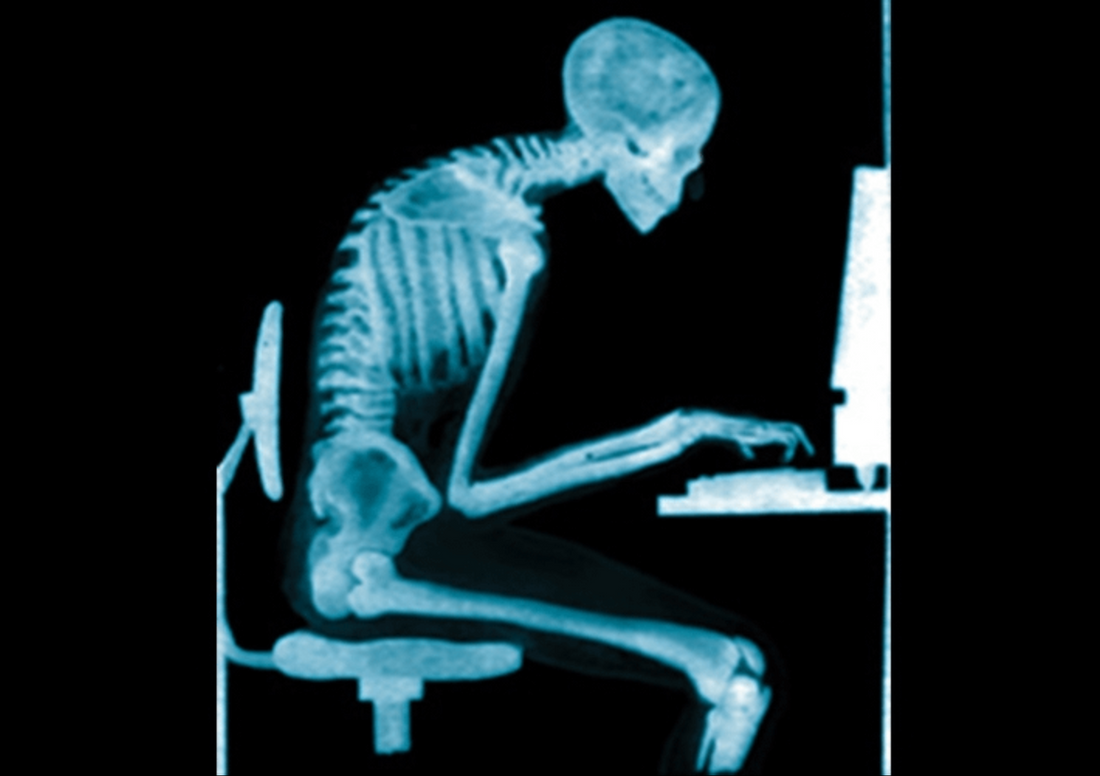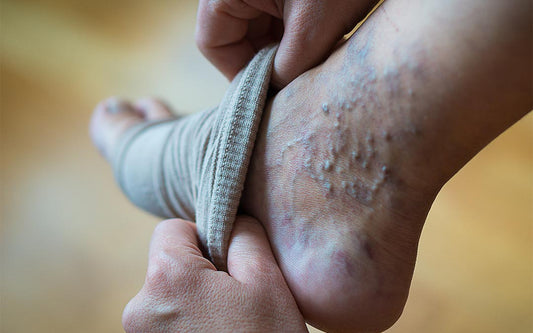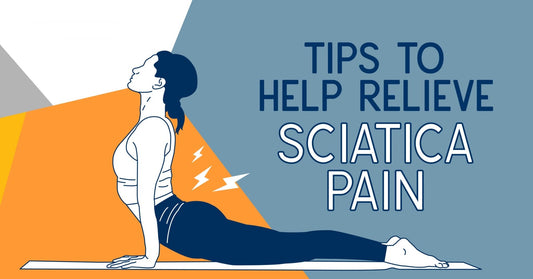
This Daily Habit Is Quietly Ruining Your Posture and Health

In our increasingly sedentary world, prolonged sitting has become the norm—especially for office workers, students, and professionals in tech and finance. While it may appear innocuous, sitting for extended periods (typically 6+ hours per day) has been strongly linked to a range of musculoskeletal disorders, which can affect posture, performance, and long-term quality of life.
This article explores the mechanisms through which prolonged sitting harms the musculoskeletal system and provides evidence-based strategies to mitigate the risks.
1. Biomechanical Stress and Postural Imbalance
When seated, especially in non-ergonomic conditions, several muscle groups—particularly in the neck, shoulders, lower back, and hips—experience continuous low-grade static loading. Over time, this leads to:
- Forward Head Posture (FHP): Resulting from leaning toward screens, FHP increases strain on the cervical spine and contributes to chronic neck and upper back pain.
- Rounded Shoulders: Weakening of the scapular stabilizers and tightness in the pectorals pulls the shoulders forward, impairing thoracic mobility.
- Lumbar Flexion and Slouched Posture: Without lumbar support, the natural lordotic curve of the spine flattens, increasing intervertebral disc pressure and risk of herniation.
2. Muscle Imbalance and Atrophy
Sitting for prolonged periods shortens some muscles while weakening others:
- Tight Hip Flexors (Iliopsoas): These shorten when seated, which leads to anterior pelvic tilt and inhibits gluteal activation.
- Weak Gluteals: Inactivity from constant sitting causes gluteal amnesia (“dead butt syndrome”), which compromises pelvic stability and gait mechanics.
- Hamstring Tightness: Extended knee flexion without movement reduces hamstring extensibility, increasing susceptibility to strains.
This imbalance contributes to poor movement patterns, increased injury risk during physical activity, and chronic lower back pain.
3. Spinal Disc Degeneration
Sitting places more load on lumbar discs than standing or walking. Poor posture amplifies this effect:
- Increased Intra-Discal Pressure: Slouched positions cause the nucleus pulposus to shift posteriorly, stressing the annulus fibrosus and increasing risk of disc bulges or herniation.
- Reduced Nutrient Exchange: Intervertebral discs rely on movement to facilitate nutrient diffusion; prolonged immobility impairs this process, accelerating disc degeneration.
4. Circulatory and Lymphatic Stagnation
Skeletal muscle activity is essential for venous return and lymphatic drainage. Prolonged immobility leads to:
- Lower Limb Edema: Decreased calf pump action increases fluid accumulation in the legs.
- Muscle Fatigue and Tension: Reduced blood flow compromises muscle oxygenation, contributing to tightness and trigger points, particularly in the trapezius and lumbar paraspinals.
Evidence
- A 2015 study in the Journal of Physical Therapy Science found a strong correlation between prolonged sitting and lower back pain in office workers, particularly those with over 7 hours of daily sitting.
- A 2020 review in BMC Musculoskeletal Disorders linked static postures with higher prevalence of neck and shoulder disorders among computer users.
- EMG studies consistently show reduced activation of key postural stabilizers (gluteus medius, lower trapezius) during prolonged sitting periods.
Practical Interventions
1. Ergonomic Optimisation
- Use an adjustable chair with lumbar support
- Maintain screen height at eye level to avoid neck flexion
- Keep hips and knees at 90-degree angles
2. Movement Breaks
- Follow the 30-30 rule: every 30 minutes, stand and move for at least 30 seconds
- Use sit-stand desks or walk during phone calls
3. Postural Exercises
- Glute bridges and hip flexor stretches
- Thoracic spine mobility drills (e.g., cat-cow, thoracic rotations)
- Scapular retraction exercises to strengthen the mid-back
4. Awareness and Habit Tracking
- Use apps or timers to remind yourself to correct posture and stand.
- Monitor cumulative sitting time and set daily standing goals (e.g., 2–3 hours/day)
Conclusion
While sitting is an unavoidable aspect of modern life, prolonged and static sitting poses significant risks to musculoskeletal health. Understanding the biomechanics and physiological effects can empower individuals and organizations to design workspaces and routines that promote movement, posture awareness, and long-term physical resilience.
Sitting isn’t the enemy—sitting without movement is.
Learn More About Zanskar Health
If you have joint pain, muscle pain or headaches that makes it hard to move, Zanskar offers the most advanced full stack pain relief solutions for you.
Now available to purchase, Zanskar® pain-care range have unique bio-active formulations. It provides lasting relief from muscle and joint discomfort that you can feel good about. Get your fix before stocks run out - buy now.
You can also gain access to therapeutic exercises and stretches for your condition by downloading the Zanskar Health physiotherapy mobile app. Additionally, you’ll have a personal care team to guide, support, and tailor our program to you, including behavioral and nutritional coaching.
Download our mobile app here 👉 download and track your exercise streak.
Medical Review: This article is written and medically reviewed by Dr Nishtha Mittal (Senior Health Content Editor at Zanskar Health). This article and its contents are provided for educational and informational purposes only and do not constitute medical advice or professional services specific to you or your medical condition.







